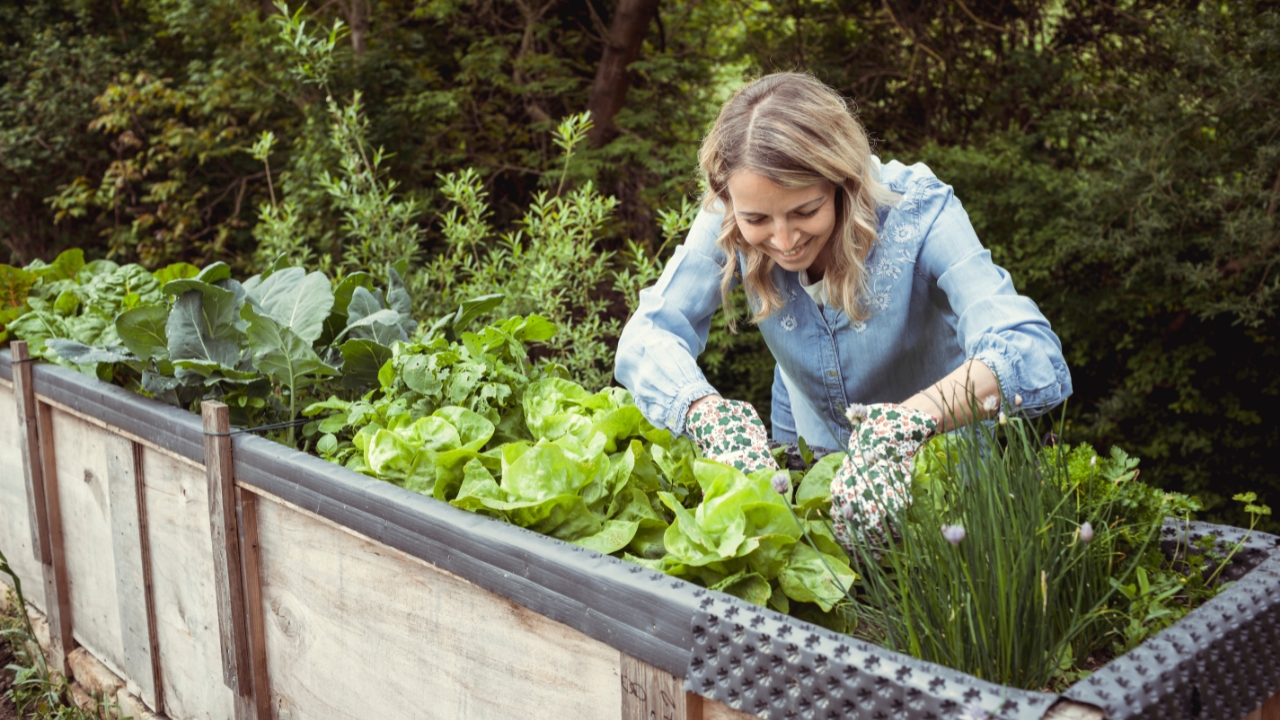10 DIY Projects That Will Make Your Homestead More Self-Sufficient
Being more self-sufficient doesn’t mean going off the grid overnight, but making small upgrades to your homestead can add up fast. Whether it’s finding ways to store water, grow more food, or cut down on outside resources, a few smart DIY projects can make a huge difference.
The best part? Most of these aren’t complicated or expensive. With a little effort, you can set up systems that save time, money, and give you more control over your food, water, and energy. If you’re looking for practical ways to make your homestead more self-sufficient, these projects are a great place to start.
Rainwater Collection System

A rainwater collection system is one of the easiest ways to increase your homestead’s self-sufficiency. It gives you a backup water source for your garden, livestock, or even emergency use. All you need are gutters, downspouts, and a food-grade barrel or tank to collect and store the rainwater.
To keep the water clean, add a simple filter at the intake and cover the barrel to prevent debris and mosquito breeding. If you plan to use the water for drinking, you’ll need a proper filtration and purification setup. Even without that, collected rainwater is great for irrigation and livestock.
Compost Bin

A compost bin turns food scraps, yard waste, and manure into rich soil for your garden. Instead of sending organic waste to the landfill, you can turn it into something useful with minimal effort. A simple three-sided bin made of wood pallets or wire mesh works well, but you can also use a tumbler for faster results.
The key to good compost is the right balance of greens (food scraps, grass clippings) and browns (leaves, straw, cardboard). Turn the pile occasionally to keep it aerated, and within a few months, you’ll have high-quality compost for your garden.
Solar-Powered Water Pump
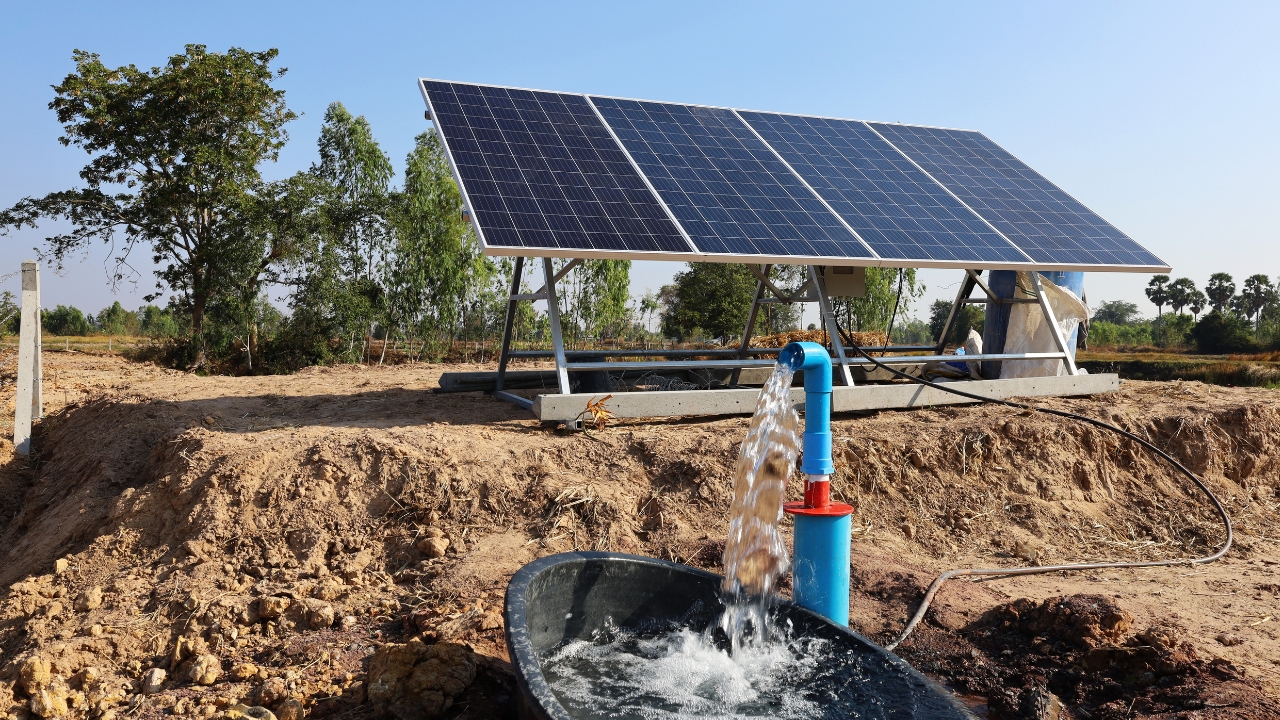
If you rely on well water or need to keep livestock tanks full, a solar-powered water pump can help you cut energy costs and stay independent from the grid. These pumps can be set up for watering gardens, filling troughs, or even moving water between storage tanks.
Installation depends on your setup, but most systems involve a solar panel, a pump, and a battery for storage. The initial investment isn’t cheap, but once it’s running, you’ll have a free and reliable water supply with no electricity bill attached.
Raised Garden Beds
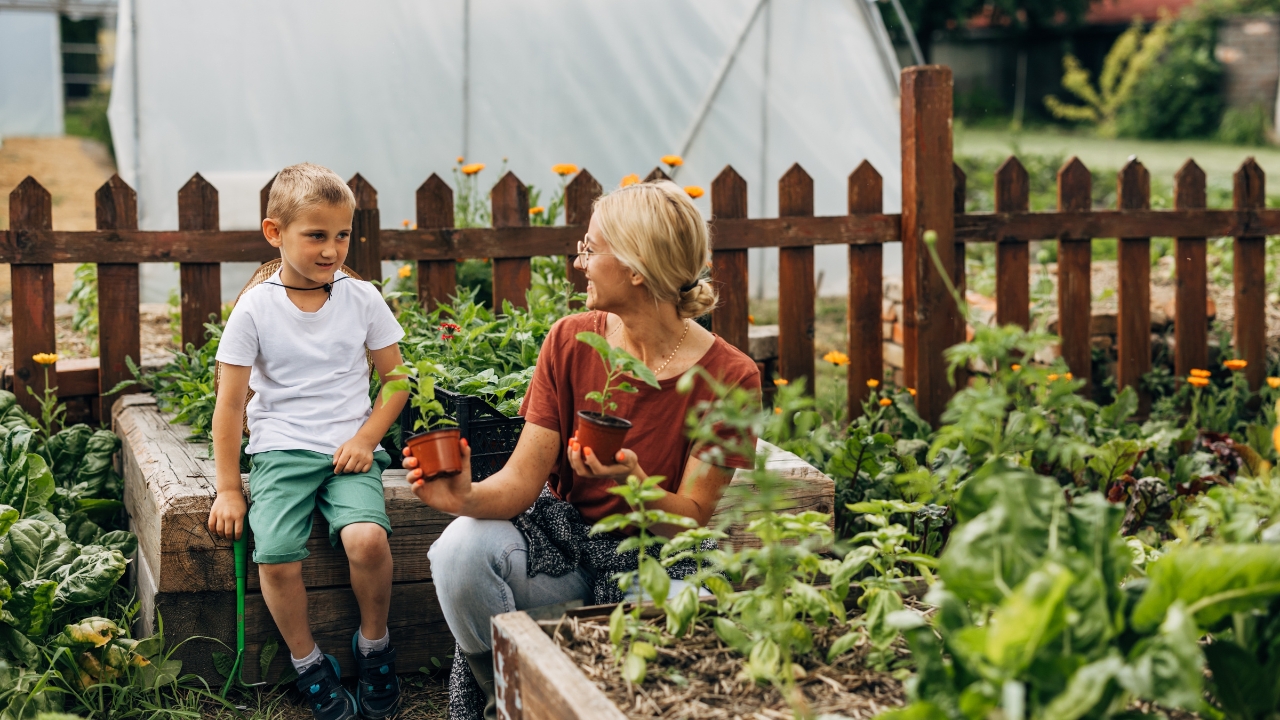
Raised beds make gardening easier by improving drainage, reducing weeds, and allowing you to control the soil quality. They’re especially useful if you have poor or rocky soil that isn’t ideal for planting.
Building raised beds is simple—wood, bricks, or even galvanized steel can be used to frame them. Fill the beds with a mix of compost, topsoil, and organic matter for a nutrient-rich growing space. They warm up faster in the spring, extending your growing season and increasing yields with less work.
Chicken Tractor
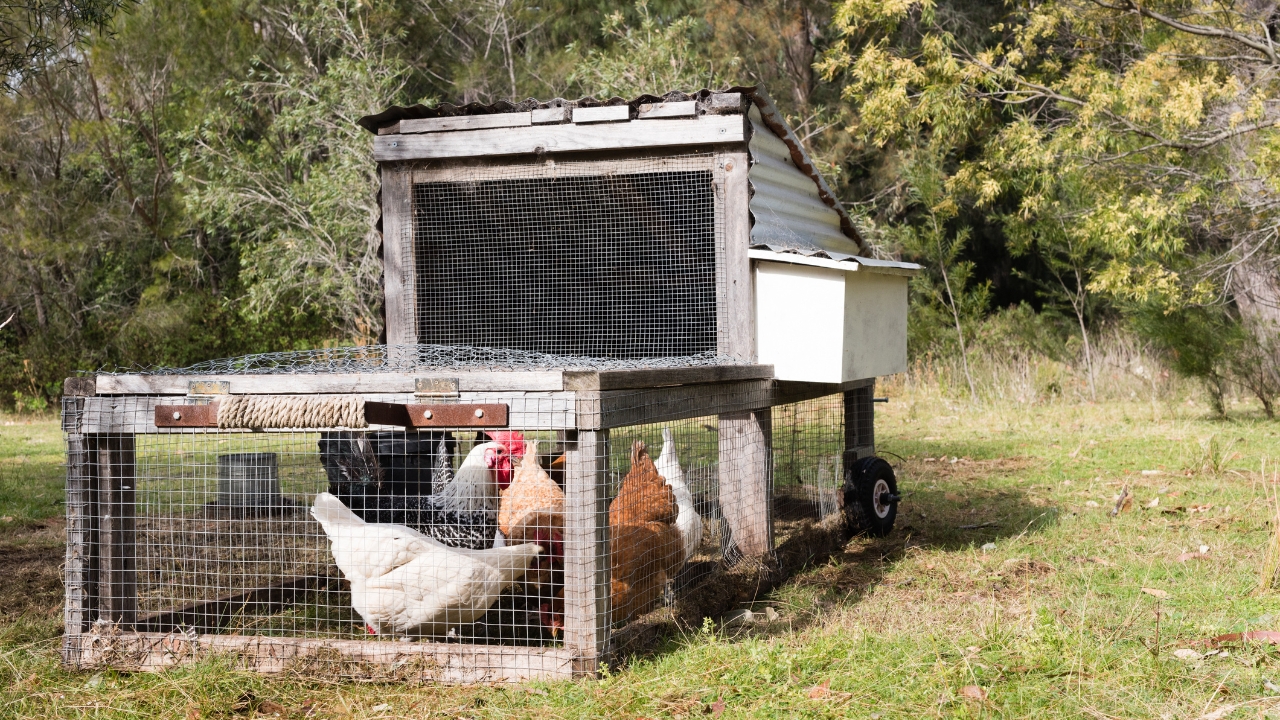
A chicken tractor is a movable coop that lets your chickens graze on fresh grass while staying protected from predators. It’s a great way to keep them happy, improve your pasture, and reduce feed costs since they’ll be able to forage naturally.
Most designs are lightweight, with wheels or skids so you can pull them to a new spot every day. Make sure it has proper ventilation, nesting boxes, and a secure frame to keep out raccoons and other predators. If you’re raising meat birds or want healthier egg layers, a chicken tractor is a smart upgrade.
Root Cellar
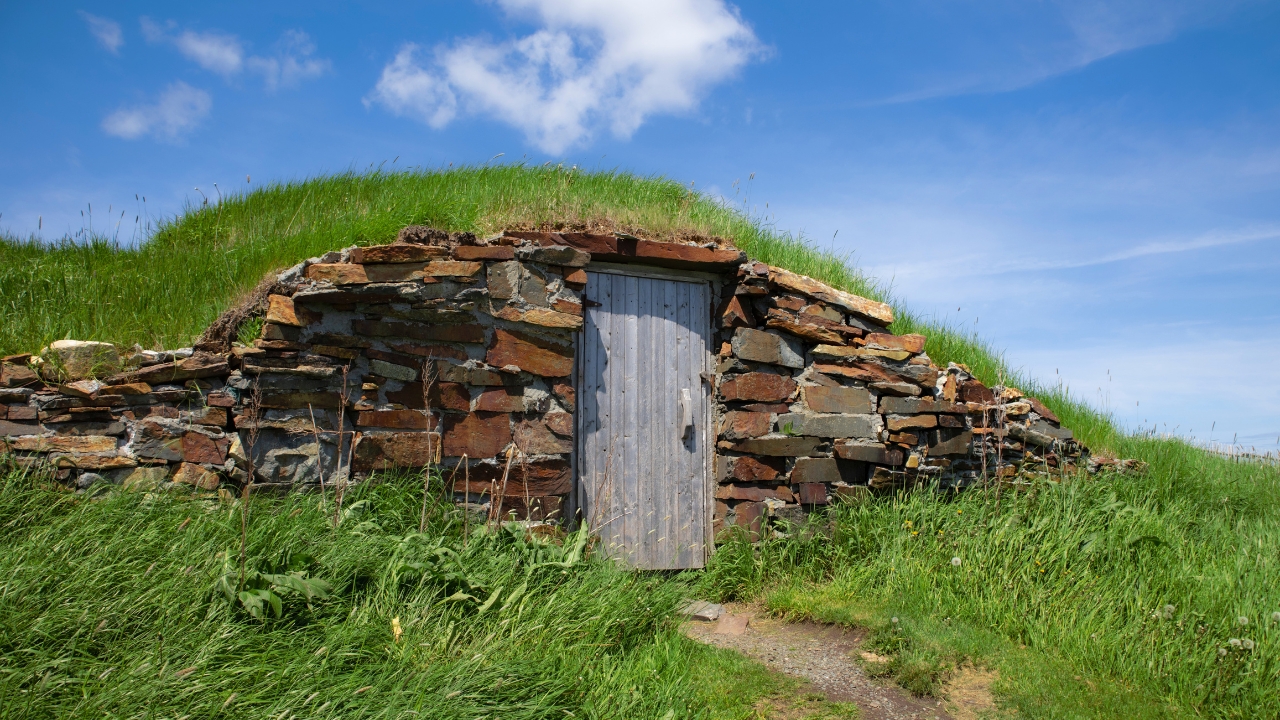
A root cellar is an old-school storage method that helps keep produce, canned goods, and even meat fresh without electricity. If you don’t have a basement, you can dig a small underground room into a hillside or build an insulated above-ground version.
The key to a good root cellar is proper ventilation and maintaining the right temperature and humidity. Cool, dark, and slightly humid conditions will keep root vegetables, apples, and preserves fresh for months, making this one of the most useful projects for long-term food storage.
DIY Beehive
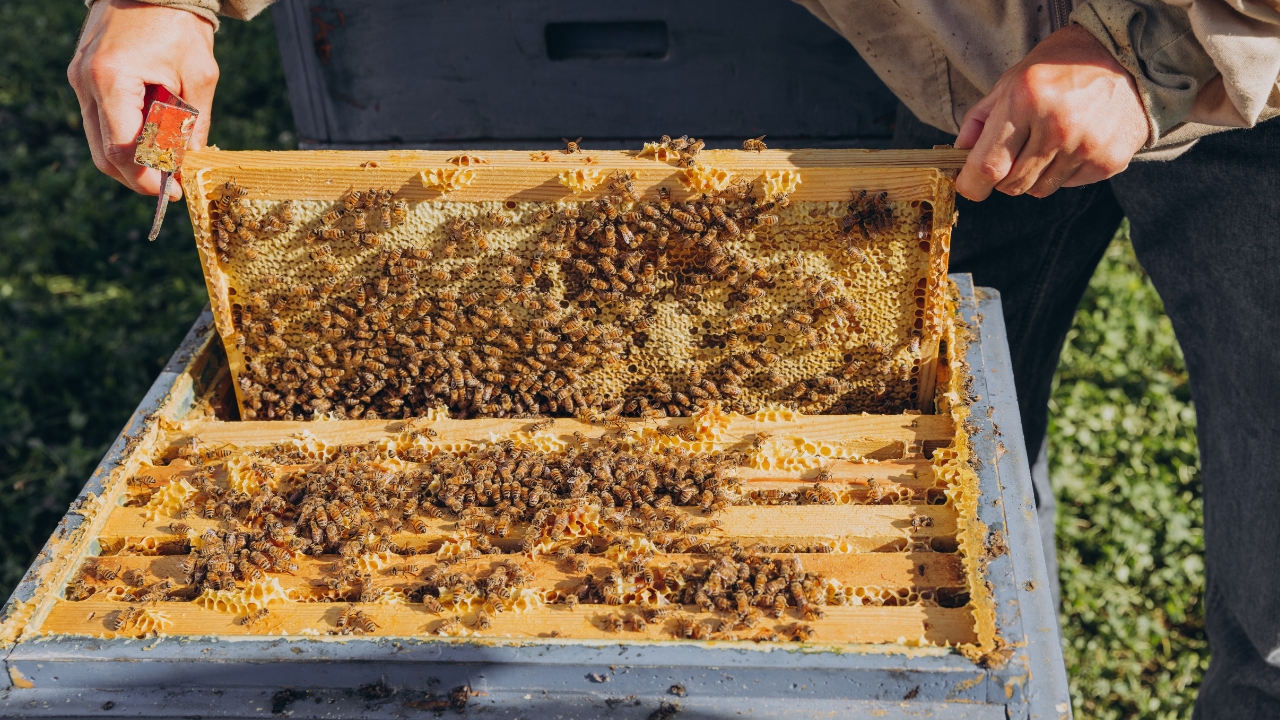
Raising bees is an excellent way to improve pollination and get your own supply of honey and beeswax. With a simple wooden beehive setup, you can start your own colony and have honey in your pantry within a year.
There are different types of hives, but Langstroth and top-bar hives are the most common for beginners. Beekeeping requires some learning, but once you’ve got a hive established, they mostly take care of themselves. Just make sure they have enough food sources and protection from pests like mites.
Wood-Burning Stove Installation

A wood-burning stove is one of the best heating sources for an off-grid homestead. Unlike electric or gas heat, a wood stove runs on a fuel source you can harvest yourself, making it a great way to stay warm without relying on the grid.
Proper installation is important—your stove needs a safe, vented setup with a heat-resistant floor and clearance from walls. If you have access to firewood, a wood stove can save you a ton on heating costs while giving you a reliable source of warmth in case of power outages.
Greywater Recycling System
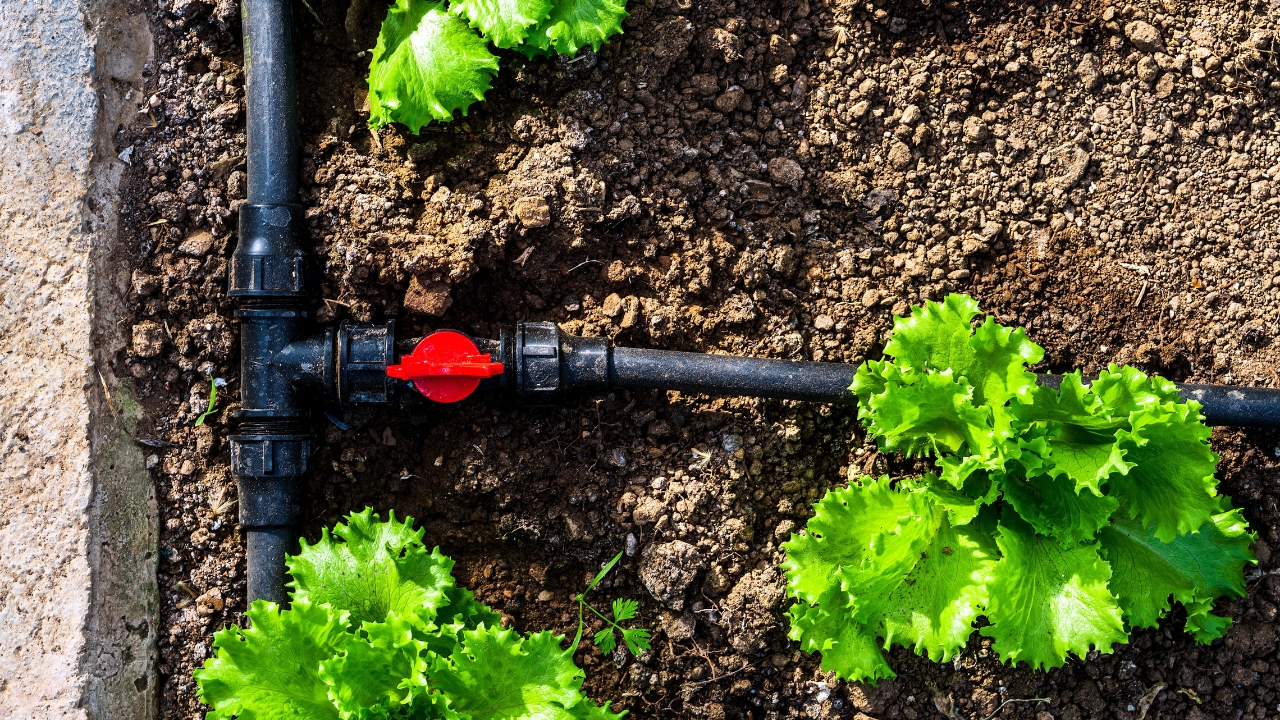
Instead of letting used water from sinks, showers, and washing machines go to waste, a greywater system redirects it for irrigation. This is especially useful in areas with water restrictions or for anyone looking to cut down on water usage.
A basic setup involves routing greywater into a holding tank or directly into a drip irrigation system. You’ll need to use biodegradable soaps and avoid sending any contaminated water (like from toilets or kitchen sinks) into the system. Done right, this setup can drastically cut your water bill while keeping your garden green.
Goat Milking Stand
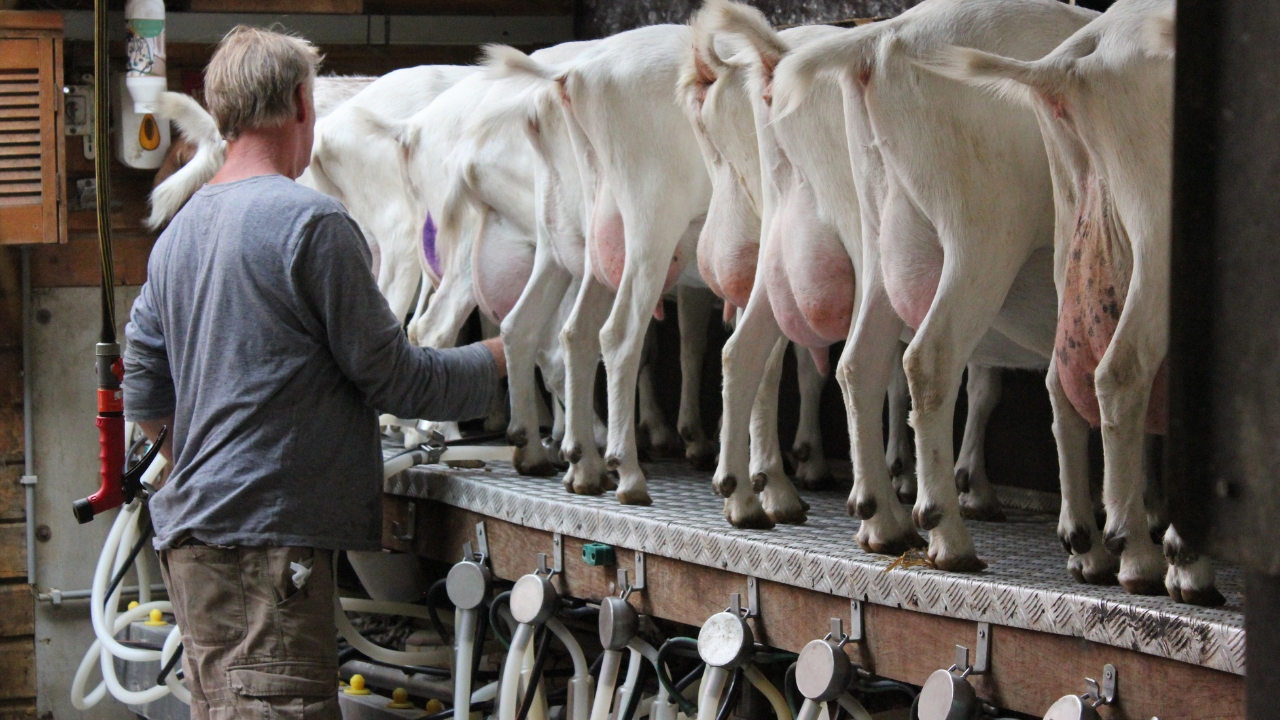
If you’re raising dairy goats, a sturdy milking stand makes the process much easier. A good stand keeps the goat in place, raises them to a comfortable height, and gives you full access for milking.
Building one is simple—wood and a basic locking head gate will do the trick. Make sure it’s sturdy and the right size for your goats, with a feeding tray to keep them occupied while you work. If you’re milking by hand, having a reliable stand saves time and keeps both you and the goat more comfortable.

